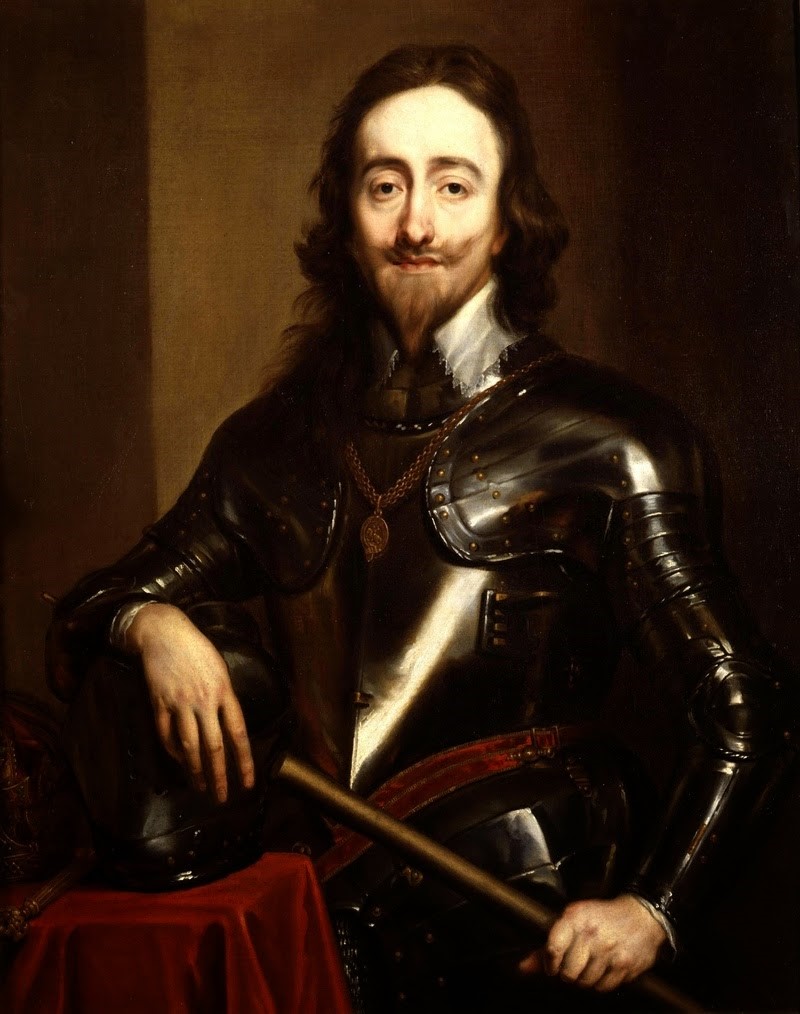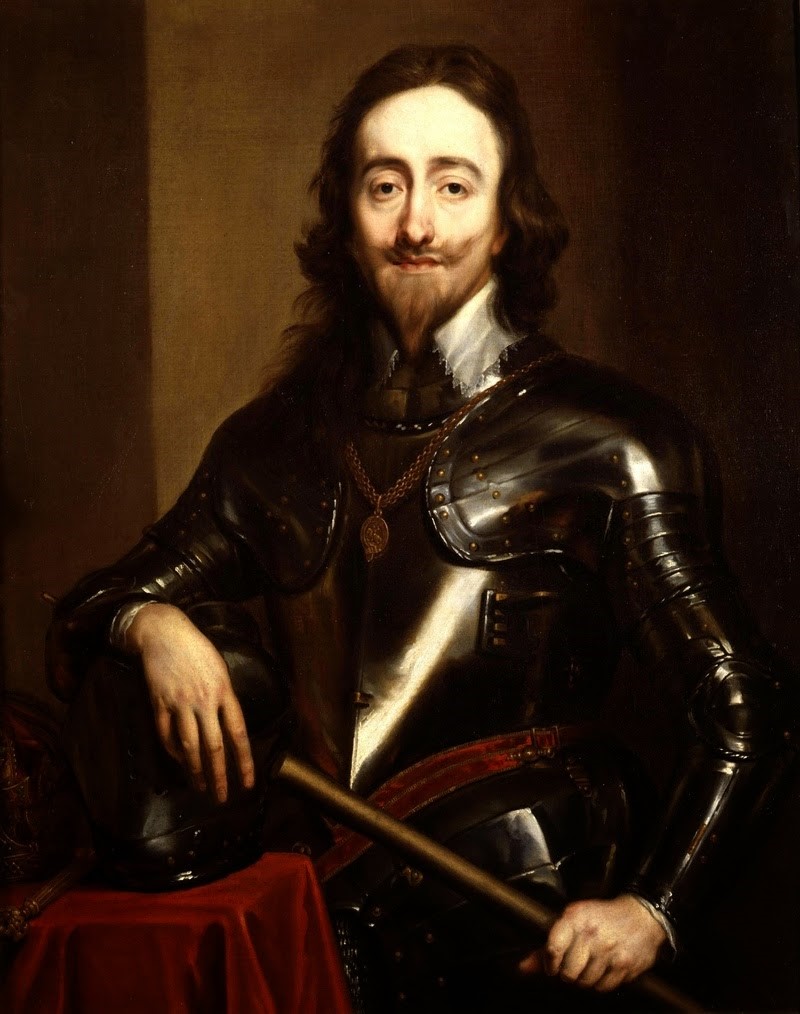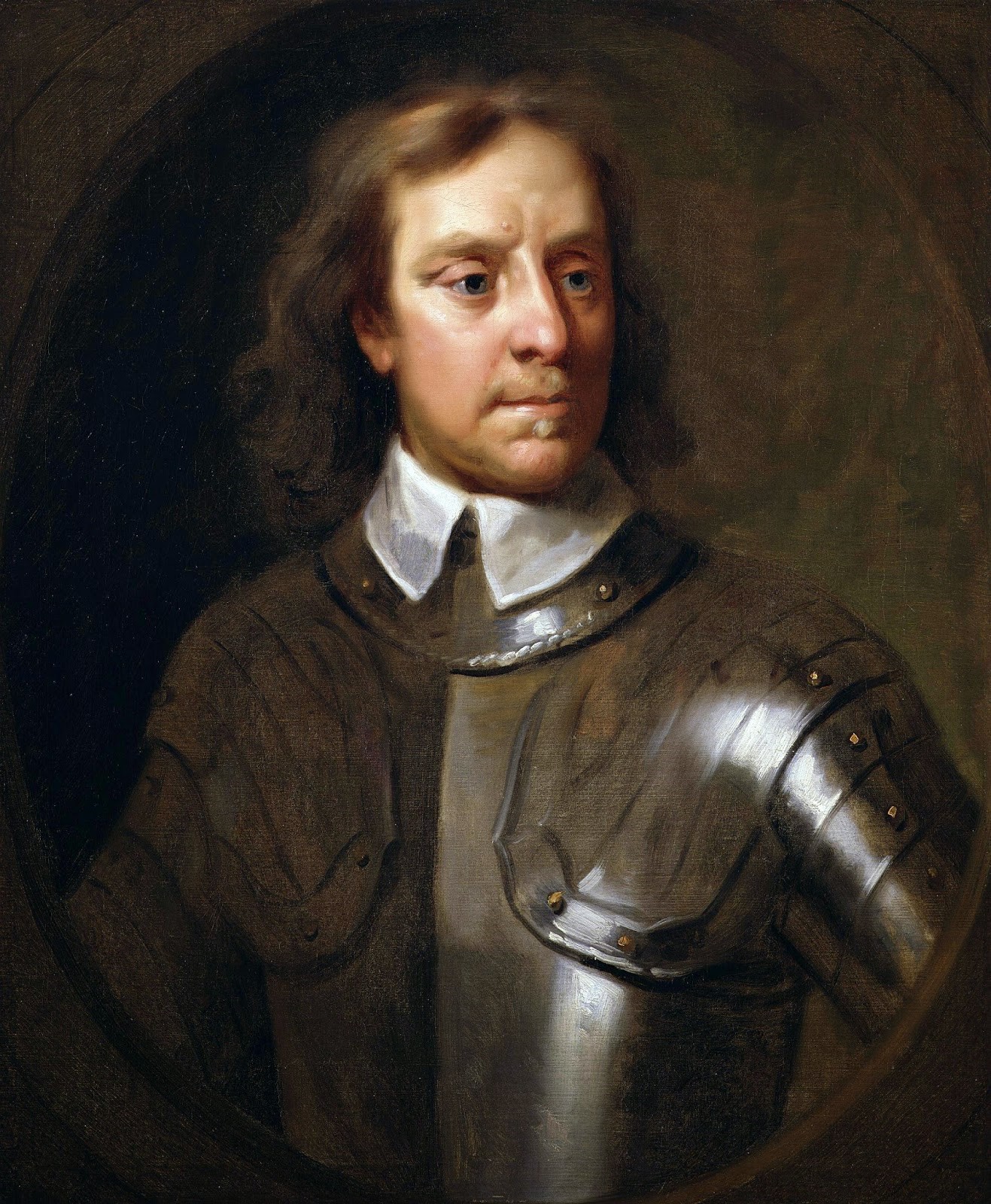What Was the English Restoration
May 29, 2014
 }
}
This week marks the 354th anniversary of the English Restoration, a time when England renounced and then reinstated its monarchy. There is exciting progress every day on our new European royalty exhibit, Creating the Crown, which is set to open to the public for our annual fundraiser on July 26. Want to see it first? Buy tickets online for our annual fundraiser and support the Museum’s nonprofit educational mission.
It was a cool January day when Charles I died. Charles’ father was James I, the king of Scotland who inherited the English throne when his distant cousin, Queen Elizabeth I died without an heir. James was not popular and neither was his son. Charles believed in the divine right of kings, meaning he thought his power came from God and everyone should obey him.
|
|
|
Charles I of England |
It surprised Charles that so many Englishmen believed in the Magna Carta and disagreed with his idea of divine right. Tensions rose between Royalists, Charles’ supporters, and Parliamentarians, his enemies led by Oliver Cromwell. Cromwell waged war until Charles was imprisoned. In 1649, Charles was led to the scaffold across Whitehall Palace in London and decapitated. It was the first and last regicide the English people ever committed against their own monarch.
|
|
|
Oliver Cromwell of England |
So if the people renounced it, why does England have a monarchy today? After King Charles' execution, the English realized Cromwell had strident Puritan beliefs and high taxes. He became unpopular just like Charles, the king he had beheaded. When he died on September 3, 1658, the Commonwealth did not long survive him. The army, which Cromwell did not always have the funds to pay, invited Charles II, son of the beheaded monarch, to take control. The only catch was a few more restrictions on the royal power and a bit more power for Parliament and the people. Charles accepted, which became the "English Restoration" of the crown. Charles II, called the “Merry Monarch” due to his love of art and festivities, was popular throughout his reign and is still well remembered.
Want to learn more? Visit our new exhibit opening in July. Get tickets here to see it on the public opening, July 26. For more information, please contact the Museum at 316.263.1311.


